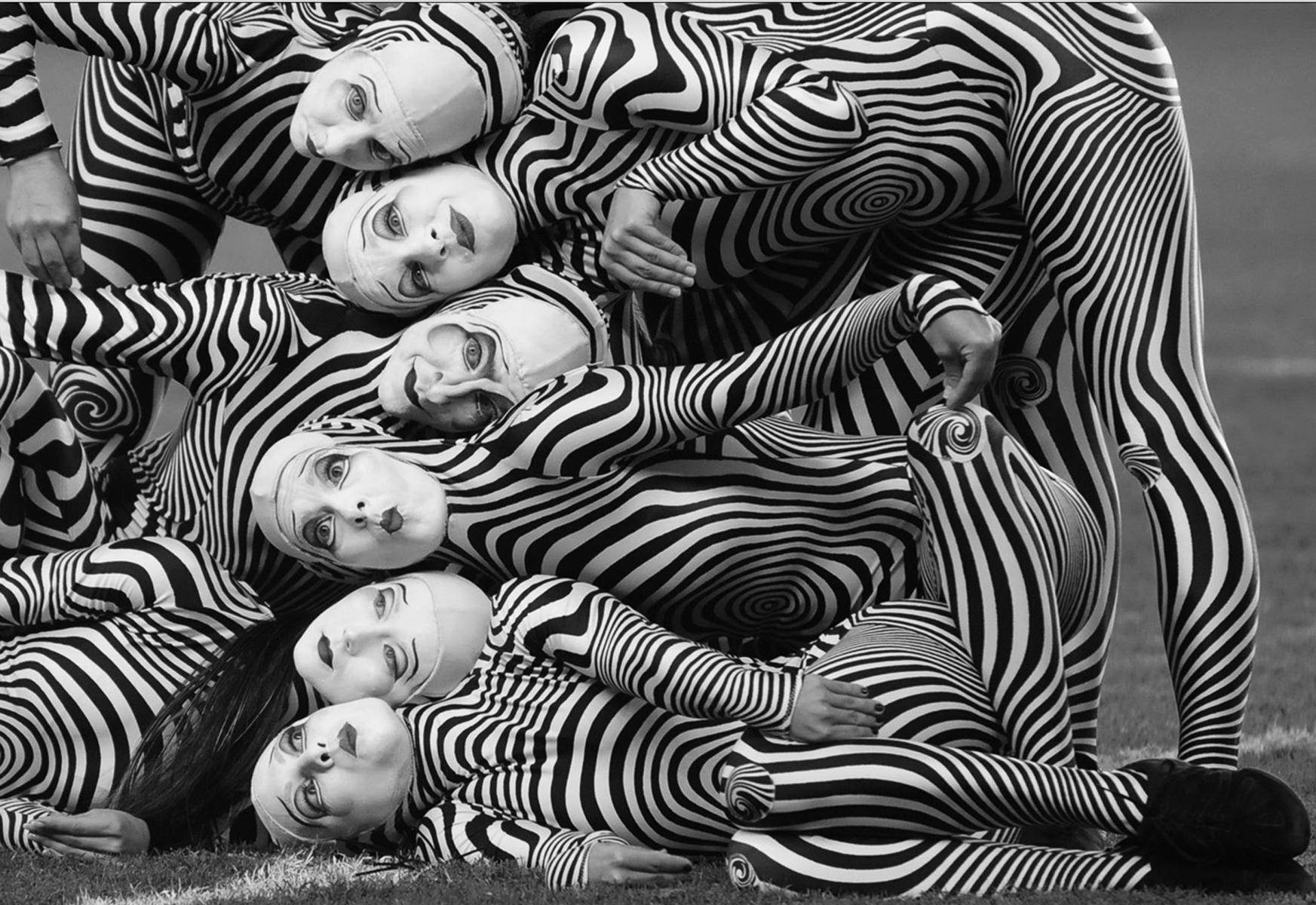How the world’s top circus collaborates
Posted by Janice Scheckter on 02 June 2016, 02:45 CAT
Here’s the sequence of events. Reebok research showed that women are bored with gyms and the traditional offering. In 2008 a chance encounter between executives from Cirque du Soleil and Reebok, gets Reebok thinking a little differently and leads to a collaborative project, which really aids both organisations in overcoming some major liabilities. Reebok was seeking to consolidate its position in the women’s sports apparel market, while Cirque du Soleil needed to expand its access to global markets.
Reebok collaborated with Cirque du Soleil who contributed choreography, inspiration, music and backgrounds. The result is Jukari, a new line of exercise accessories inspired by the shows and the birth of a trending exercise routine. The signature moves of Jukari claim to strengthen arms, legs and core muscles more effectively than many other workout classes while having playground fun all around the gym. The product has been distributed at gyms around the world, which has provided the Canadian entertainment company with exposure to otherwise inaccessible markets.
Collaboration is what Cirque du Soleil relies on. Founded 30 years ago in the Province of Québec, Canada, Cirque started as a street show in 1984. Through a memorable series of shows in the nineties, which literally acted as a manifesto – with, for instance, “Le cirque réinventé” (We Reinvent the Circus) – Cirque du Soleil disrupted and reinvented the circus arts.
Creative processes at Cirque are essentially formatted as an idea funnel, starting from an artistic vision and the intention to bring forth creative story telling. The process is complex, mixing a wide array of expert views, experiences, and aesthetic sensibilities. In this process, creation is by essence co-creation and requires a lot of maturity in terms of leadership and management practice. Business collaboration should be no different. It’s about embracing team diversity while managing the process of collaboration and of course the culture and environment.
Marie-Josée Lamy, Cirque de Soleil’s Senior Director of Merchandising & Licensing and an active participant in the collaboration, highlights four critical elements to their success: ‘have a good understanding of the potential partner and their strong points; learn from them and ensure that each party handles the work that they know best; establish a clear objective from the beginning and continually evaluate the results; and ensure that the end client perceives the collaboration as providing added value, rather than as a mere business transaction’.
For more insights into the collaborative era, subscribe to Collaboration Central.
Janice Scheckter is the co-founder of Indigo New Media, a collaboration activist and a huge fan of Cirque du Soleil.
Sources:
Technology Innovation Management Review
Co-Business – 50 examples of collaborative business